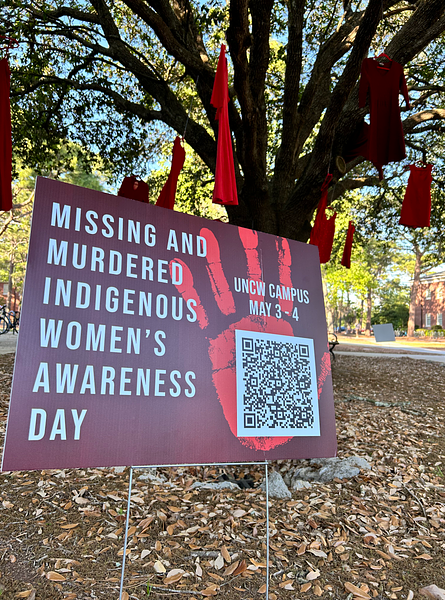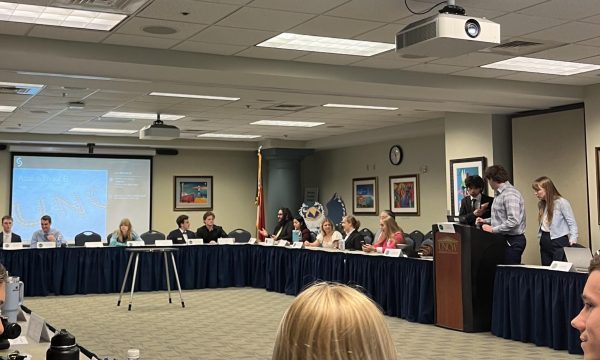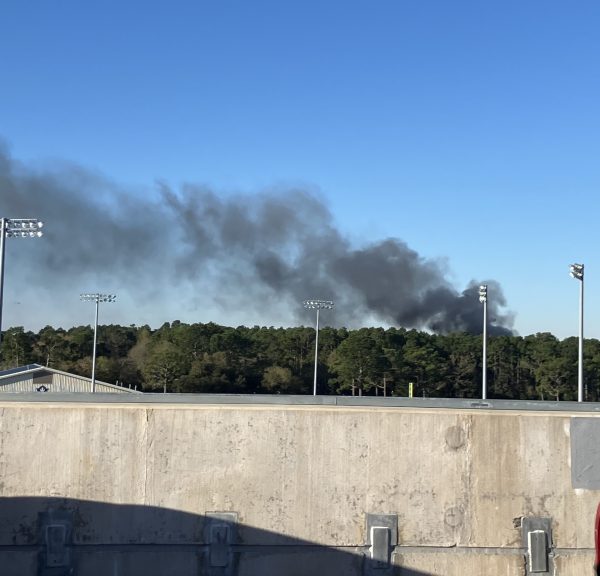Safety nets to help students with rising tuition don’t catch everyone
January 11, 2012
In 2009, Ashley Sorci graduated from her suburban Sacramento high school with a 4.25 grade-point average and was about to become the first person in her family to go to college.
She got into Humboldt State, the University of California Davis and UC Santa Cruz. She chose UC Santa Cruz because she loved the city and campus, and was considering a major in the one-of-a-kind community studies program.
The only problem was that her family, which owned a small business and was heavily invested in real estate, was on the brink of insolvency and could not help her.
Before the 2009-2010 school year, Sorci’s freshman year, tuition rose 9.3 percent to $7,788. Despite not having any assistance from her parents, she believed in the value of a college degree. She got a job, received some grant money and took out loans to cover the rest.
By the start of her sophomore year tuition had been raised twice, a total of 32 percent, and stood at $10,302. Just months earlier she learned UCSC was effectively shutting down the community studies program to new students in a cost-cutting move.
“There was this slow-motion process of me realizing I can’t live like this,” Sorci, 20, said. “As a freshman I wasn’t as aware of my finances; I thought I had the money to go out to dinner. Now, my money is rationed so strictly there is nothing left to do extra. I’m either working or in school six days a week, and I know I’m just not able to put as much work into school as I should. I doubt my decision to come here all the time. I’m not sure what I’ll do.”
UCSC Chancellor George Blumenthal said he knows students are falling through the cracks left by state cuts, some having to take on jobs and greater financial aid, while others opt to drop out. Even though the university takes precautions to protect the poorest students from tuition hikes, there are fewer jobs on campus and in the community to help make ends meet for them and middle-income families.
“The middle class—that’s where I’m really concerned,” he said.
At the end of the tunnel toward graduation, a $40,000 debt and a weak job market are looming for Sorci, and she is considering dropping out.
Yet, in some ways Sorci could be worse off. If her parents had not fallen into a lower income bracket just before she went to college, she could be even more dependent on loans.
“My boyfriend’s parents are right there in the middle, and they don’t get any grants. They were only offered loans,” Sorci said. “I see most of those people drop out. They work full time and get no help. I really think they are in a worse position than I am. I have grants. In a sense I was kind of lucky my parents got really poor. You’re better off really poor or really rich. You just don’t want to be in the middle.”
Sorci says her parents wish they could help her, but they have nothing to contribute. As she pays her own way, they can only encourage her with tales of how their own lack of degrees has limited their opportunities. Her younger brother, a senior in high school, is working so he can help the family and pay for end of high school events such as prom.
As worries about access grow, the importance of a college degree is perhaps more important than ever for future earnings and job prospects. According to the U.S. Department of Labor those with an associate’s degree have an unemployment rate less than half the jobless rate for those who did not finish high school. Bachelor’s degree holders have an unemployment rate of 5.4 percent, while people with a high school diploma alone have an unemployment rate of 10.3 percent. The median income for college graduates was roughly 66 percent greater than that of high school graduates in 2010.














